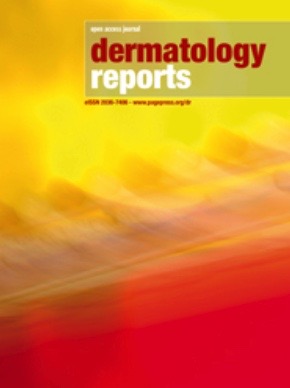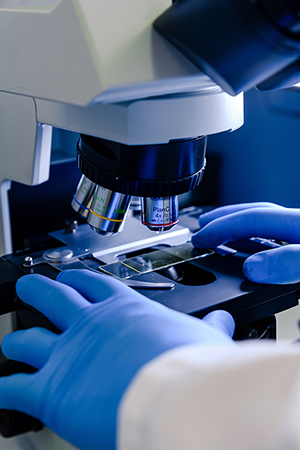A bibliometric study of the top 100 most cited articles on melanoma: insights into research trends and characteristics
All claims expressed in this article are solely those of the authors and do not necessarily represent those of their affiliated organizations, or those of the publisher, the editors and the reviewers. Any product that may be evaluated in this article or claim that may be made by its manufacturer is not guaranteed or endorsed by the publisher.
Authors
Improving insights into the current research and literature on melanoma is useful for healthcare providers to apply the latest advancements for offering better care to patients. Herein, this bibliometric study analyzed the characteristics and trends in melanoma research through the top-cited articles. The top 100 most cited articles on melanoma were published between 1969 and 2020, and the average number of citations was 36.8-893.9 (mean 176.8). Notably, the frequencies of the main key words, including antineoplastic agents, genetics, randomized controlled trials, metastatic melanoma, BRAF, and monoclonal antibodies, during 2010-2020 were significantly higher than those during 1969-2009. Specifically, the main study topics after 2010 were drug research aspects, such as drug safety, drug efficacy, drug resistance, drug withdrawal, cytotoxic T lymphocyte-associated protein 4 (CTLA-4), programmed cell death 1/programmed death-ligand 1 (PD-1/PD-L1), ipilimumab, nivolumab, trametinib, dabrafenib, vemurafenib, and various drug adverse effects. The emergence of immunotherapy caused a burst of citations and substantially changed the distribution of the top-cited articles.
College of Stomatology, Shanghai Jiao Tong University, National Center for Stomatology, National Clinical Research Center for Oral Diseases, Shanghai Key Laboratory of Stomatology, China.
College of Stomatology, Shanghai Jiao Tong University, National Center for Stomatology, National Clinical Research Center for Oral Diseases, Shanghai Key Laboratory of Stomatology, China.
College of Stomatology, Shanghai Jiao Tong University, National Center for Stomatology, National Clinical Research Center for Oral Diseases, Shanghai Key Laboratory of Stomatology, China.
How to Cite

This work is licensed under a Creative Commons Attribution-NonCommercial 4.0 International License.








